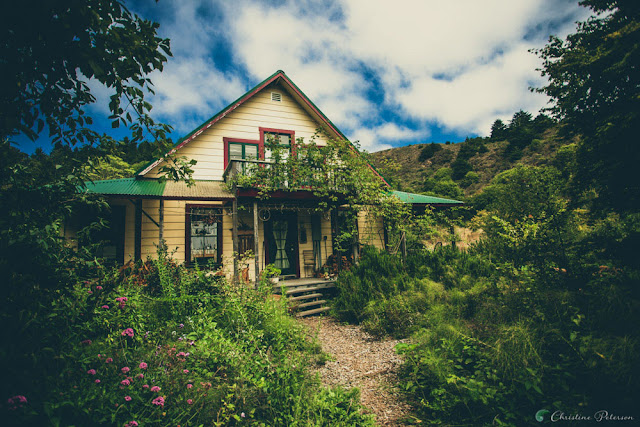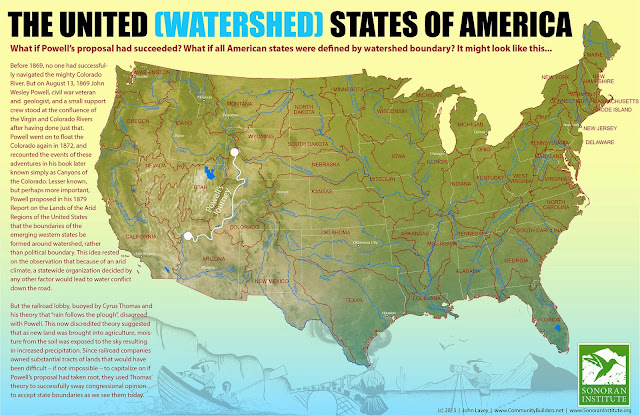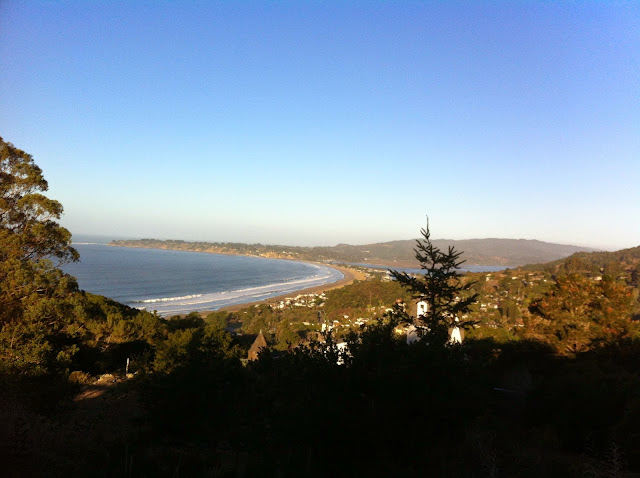Inhabit--A Permaculture Perspective
Hooray! A team of filmmakers and permaculture practitioners have just made a powerful film about permaculture. If I've ever tried to explain permaculture to you and failed, look no further for a comprehensive, beautiful rendition of how permaculture manifests in urban, suburban, and rural communities to transform natural systems and the lives of those who "inhabit" them. Here's a little taste. If you like it, you can download the full film for about $5 or search the filmmakers' website for a screening near you. There is so much wisdom that our world really needs here. Enjoy!


